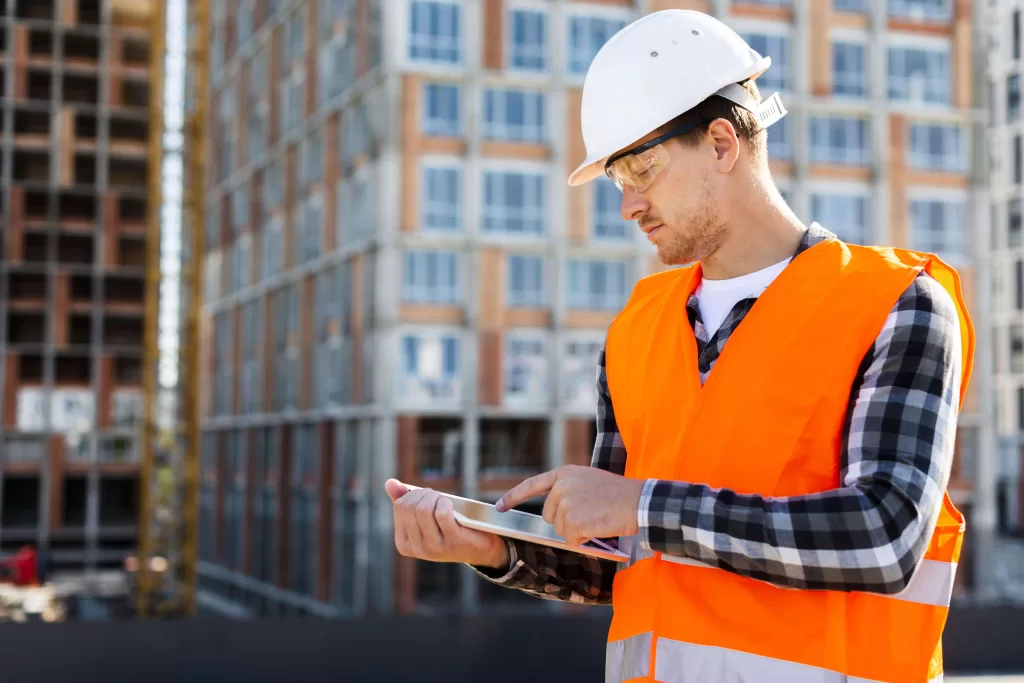When buildings show signs of damage or collapse, determining the cause requires specialized expertise. A forensic structural engineer plays a crucial role in uncovering the truth behind structural issues. From site analysis to report delivery, this process involves meticulous investigation and professional judgment.

What is a Forensic Structural Engineer?
A forensic structural engineer is a professional who investigates structural failures and deficiencies in buildings and infrastructure. Their goal is to determine the root cause of the problem and identify whether it stems from design flaws, construction errors, material defects, or external forces like natural disasters. These engineers often assist in legal disputes, insurance claims, and remediation planning.
They combine engineering knowledge with detective-like analysis, making their role critical in preserving public safety and preventing future failures.
What is the Work of a Forensic Engineer?
The work of a forensic engineer begins with a building inspection site visit, where they closely examine the damage and collect evidence. They evaluate architectural drawings, structural plans, and construction methods. Through calculations, simulations, and material testing, they assess whether the structure complied with relevant codes and standards.
In locations like Melbourne, Victoria, a forensic engineer may also assess contributing factors such as stormwater drainage issues, soil movement, or foundation instability. These investigations culminate in a detailed report that explains the cause of the failure and outlines recommendations for repair or legal proceedings.
What Are the Duties of a Structural Engineer?
- Inspecting damaged structures
- Conducting failure analysis
- Reviewing construction documents and building codes
- Providing expert witness testimony in legal cases
- Recommending corrective action

The Investigation Process: Step-by-Step
1. Initial Assessment and Data Collection
The forensic structural engineer visits the site to document visual damage, photograph the scene, and gather preliminary data. Safety is a priority, so they often work with emergency services to secure the area.
2. Document Review and Analysis
They obtain architectural drawings, engineering calculations, and construction records. By comparing these documents to on-site conditions, discrepancies and non-compliance issues are identified.
3. Testing and Modeling
Material samples may be collected for laboratory testing. Structural simulations or computer models help recreate the failure scenario, offering clues into how and why the collapse occurred.
4. Reporting and Recommendations
The final report outlines the cause, contributing factors, and potential liabilities. It includes actionable recommendations for repair, reconstruction, or further evaluation.

Schedule a Professional Building Inspection Today
If you suspect damage in your building or need a thorough investigation, trust the experts at BSD Consulting. Our experienced forensic structural engineers in Melbourne, Victoria provide reliable, unbiased reports backed by engineering excellence. Whether it’s related to design flaws or stormwater drainage complications, we deliver clear answers and practical solutions.
Don’t leave your property at risk. Contact BSD Consulting for a professional building inspection Victoria service. Our forensic structural engineer team is ready to assist with comprehensive assessments and expert guidance tailored to your needs in Melbourne, Victoria. Let us help you protect your investment and ensure your building’s long-term integrity. You can call us at 1300 202 789 or email us on info@bsdconsulting.com.au.
